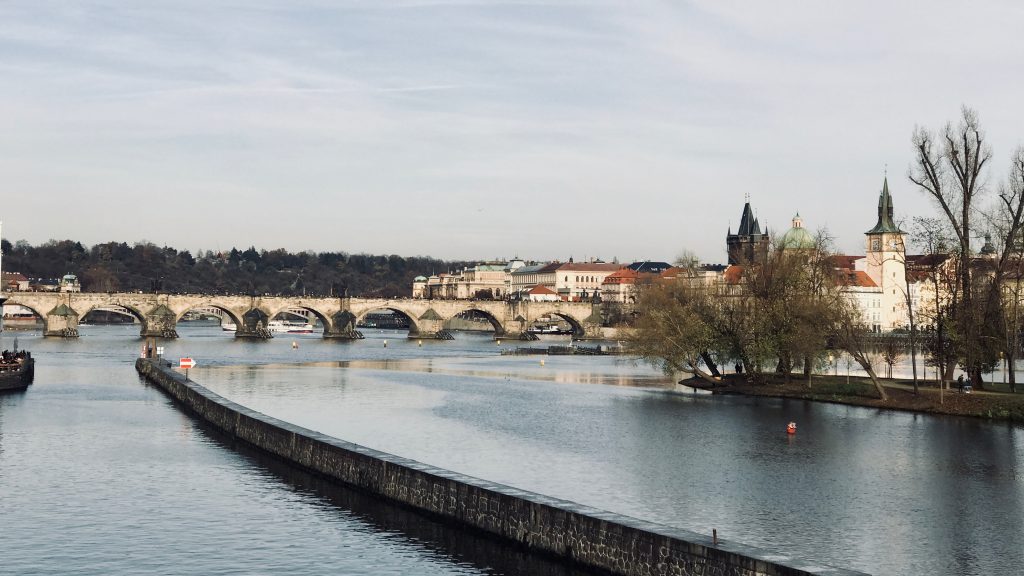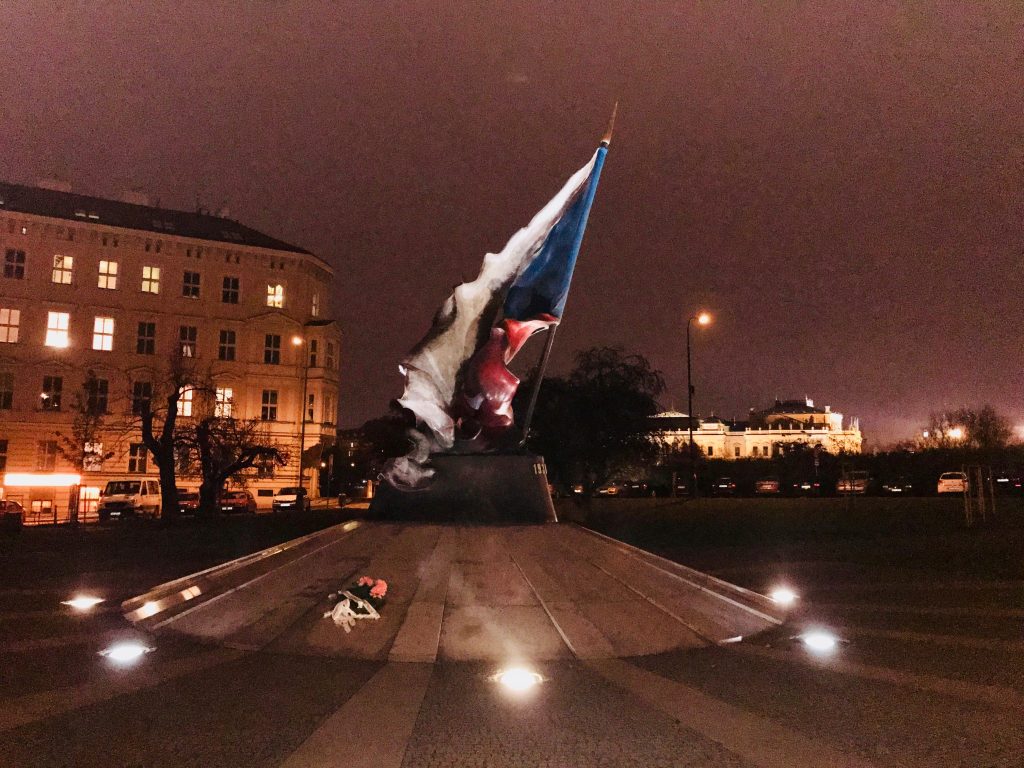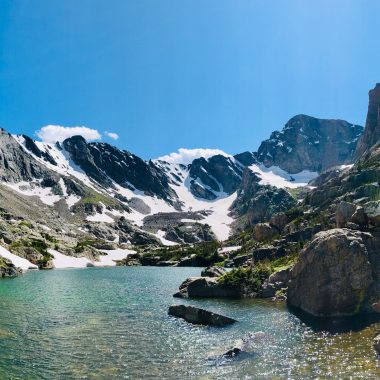Twelve hour flights provide a great excuse to dive into a good book about wherever you’re going. On my way to Prague in late November of 2016, I picked up former Secretary of State, Madeleine Albright’s stellar book, Prague Winter: A Personal Story of Remembrance and War, 1937-1948. Secretary Albright’s book brought the history of the Czech people to life in vivid detail and made this visit a rich walk through time.

The word “bohemian” evokes images art, food, and culture. Bohemia is the name of the historical region we now know as the Czech Republic, with its capital in Prague. The buildings in Old Prague date back to the 12th century. Indeed, the hotel I stayed at was once the Kunstat Palace, home to King George in the 15th century. Prague provides an incredible window into the history of the heart of Europe. While focused on the period before and after WWII, Prague Winter walks readers through the many pivotal moments in history that have unfolded here.

Arriving in Prague on November 18th, the sidewalks in different parts of the city were filled with candles. It was the day after the 27th anniversary of the Velvet Revolution, an event which ended communist rule in the former Czechoslovakia. The revolution started with a small student protest but quickly swelled to over a half million strong in a matter of days. Young people were beaten, and some killed, demanding the basic human freedom of self-determination which most of us take for granted.
At the center of Europe, the Czech people have been subject to outside aggressors for the ages. At Prague Castle, you can stand in the room where the Second Defenestration took place… an event which preceded a long fight with the Catholic Church for basic religious freedoms and also sparked what would become the Thirty Years War. The resolution of that conflict led to the Westphalian Compact and modern notions of diplomacy and the sovereignty of nation-states from religion.

A short drive from Prague, I visited the Sudetenland where, in 1938, the Czechs were invaded by the Nazis. Abandoned by their French, English, and Russian allies in the name of appeasement, they were left to defend themselves and had no choice but to submit to Hitler. It would be a fateful moment for them, Europe, and the USA. As Albright notes in her book, had the rest of the world honored their alliances, the greater conflagration of WWII may have been checked. Soon after the war, the Czechs were left to fend for themselves, forsaken by the west to the manipulative intervention of Stalinist Russia. It’s a reminder that the strength of our freedom as individual nations greatly depends on the strength of our alliances.

I’m looking forward to reading Albright’s book, Fascism: A Warning, which expands on this theme. There are many parallels in the post-war Czech experience of communist intervention in their democracy and what we’re seeing here in the USA today with Russia’s attempt to divide ours. It’s frightening to watch this recipe play out at home. Those who ignore history are damned to repeat it.
In my travels around the Czech Republic, I noticed a seriousness and solidity about the people which signaled to me that they don’t take anything for granted. As well they shouldn’t. While visiting neighboring Austria on this trip, my friends and I ran into far right wing 2016 presidential candidate Norbert Hofer. He wore a blue cornflower on his lapel, the secret symbol of Austrian Nazis before WWII. Mr. Hofer came very close to winning the Austrian election that December. People like him serve as a stark reminder that hateful ideology still simmers beneath the surface in Europe and here at home. Like the Czechs, we must be vigilant about our freedoms and take nothing for granted. If history teaches us anything, it is that.






